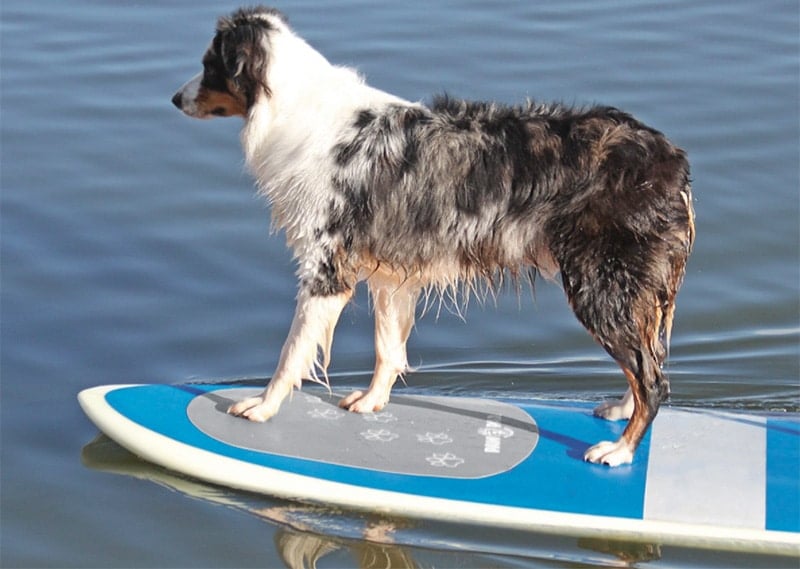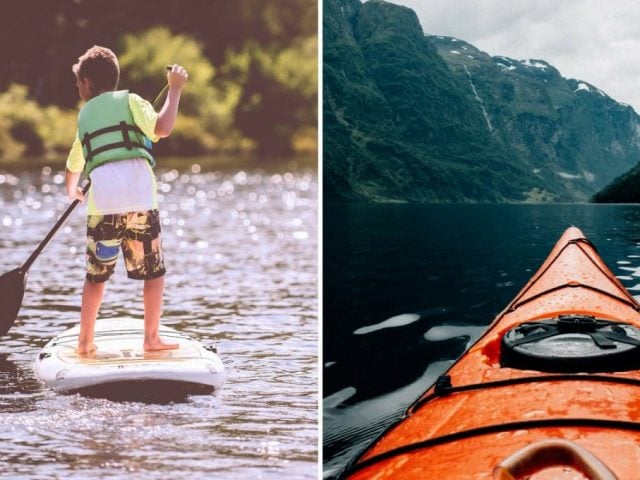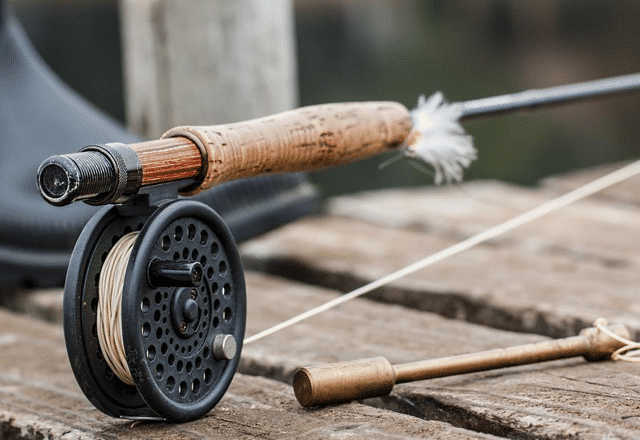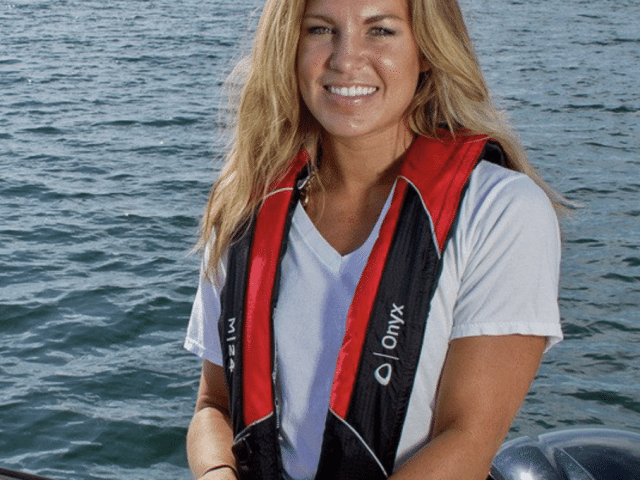You may have seen paddleboarders gliding on the water with their furry four-legged friends riding along, tongues flapping and tails wagging. If you like taking your dog everywhere you go, then stand-up paddleboarding (SUP) with your dog might be your new favorite activity.
Surprisingly, teaching your dog to balance on a paddleboard is not as hard as it looks. Some dogs are naturals, while others require a little training. Regardless of how skilled or awkward they are, any dog can figure out how to ride on a paddleboard with you. Use the following tips to train your dog to be a total SUP pup.
Benefits of Paddleboarding with Your Dog

Bonding
Paddleboarding with your dog will build trust and nurture loyalty between you and your best friend. When you’re on the water together, you rely on each other to have a good experience. Your dog looks to you for direction and praise, while you just hope your dog won’t flip your board going after a bird.
Exercise
Having a dog perched on your paddleboard gives you a more challenging workout. You constantly have to adjust your balance with their movements, and the added weight makes your strokes less efficient, making you work harder.
Paddleboarding is also challenging for your dog, mentally and physically. They have to learn a new trick–staying on the paddleboard–and they use more energy trying to balance on the board than they would laying around at home.
Getting Outside
It’s undeniable that dogs love being outside. By taking your dog paddleboarding, you’re opening up a world of opportunities for them to sniff out. You can paddle to an island and let them run around, or let them explore different grassy areas. Plus, you get to escape the indoors and get some much-need fresh air. Paddleboarding is highly rewarding for both humans and pets, but even more so when it’s shared.
Gear for Paddleboarding with a Dog
You can take your dog paddleboarding on any board as long as your combined weight is below the weight capacity. However, it will be much easier for you to balance on a wider, more stable board. Your dog will appreciate a soft-top paddleboard or a board with a large deck pad. They provide more traction, keeping your dog from sliding around.
Aside from having a board and paddle, there are only a few other items you’ll need. When it comes to bringing gear on board with an animal, less is more.
Pet Personal Flotation Device

A life vest for your dog is a must-have, even if they know how to swim. Look for a dog vest with a handle so you can guide your pup on and off the board and hoist them back up after they go for a swim.
Paw Pad
You might consider mounting a paw pad to the front of your board if you don’t have a soft-top or a full-length deck pad. These slip-free foam mats can be placed anywhere on your board, but work best in the front, where many dogs love to ride. As an added benefit, paw pads help protect your board from accidental scuffs and scratches.
Water and Treats
Dogs overheat easily in the sun, so bring water and a collapsible bowl, allowing them to take frequent water breaks. Try to prevent your dog from drinking saltwater or brackish water, which can make them sick.
Don’t forget your dog’s favorite treats in the car. Bring them along and reward your dog for doing such a good job staying on the board. Reinforce good behavior with treats so they’re even more excited to come along on your next trip.
Getting Your Dog Ready

First, make sure your dog knows how to swim. Even though you’re putting them in a life vest, they will feel more confident on the board if they’re used to being in the water. If your dog falls off or gets caught in a current, it will be easier for them to swim back to you.
Next, start familiarizing your dog with your paddleboard on land. Leave the paddleboard on the floor of a favorite room for a week or two, allowing your dog to get used to this large, bulky object. Take the fins off and lay towels under the board to protect it in case your dog decides to jump on.
Once you see your dog getting used to the board, start putting treats on the board. They will begin associating the paddleboard with treats and may even climb on top of it. When you see them getting comfortable with taking treats off the board, begin to coax them onto the board and encourage them to stay on it longer before receiving a treat.
After your pup is comfortable with being on the board, begin to move your paddle around them, rewarding good behavior with treats and praise. Some dogs may have more trouble with this part, since there’s a moving object involved, but be patient and keep training.
Teach Your Dog to Get On the Board

When it’s time to hit the water, one of two things will happen:
You’ll set your dog on the board and just go for it. Some dogs are naturals and figure it out immediately. If this works for you, you’re one of the lucky few.
Otherwise, your dog will panic and run back to shore. For those pups, training doesn’t end on land. Load up a fanny pack with easily-accessible treats and begin coaxing your dog onto the paddleboard in ankle-high water.
Repeat much of the same training you did on land, praising and encouraging your dog for spending time on the board. Begin by teaching them commands to get on and off the board, rewarding good behavior with treats. Slowly build up to getting your dog to stay on the board longer until you can get on together.
You might not be able to get your dog to ride the board the first few times, but that’s completely normal. Eventually, they figure it out and won’t require any commands to load up and ride.
Paddling Out With Your Dog

Giving your pup constant praise, begin to walk your board deeper into the water until you’re ready to get on it. Begin by kneeling on the board, slightly behind the center grip. Your dog will want to come toward you and move around. Reward sitting still with treats and praise.
Slowly begin to paddle, encouraging your dog to sit and stay as he adjusts to the instability of the board. When you’re comfortable, begin to stand up. Most likely, your dog will stay between your legs or want to ride on the front of the board and look at everything.
When you begin paddleboarding with your dog, you’ll exercise your patience more than your muscles. Your pup may get restless, scared, or just too excited to successfully stay on the board for long periods of time. Your first few paddles may be short, or you might not even leave the shore.
Don’t give up. Continue to train your dog until they feel just as comfortable on the board as you.
Back on Shore
As you return to shore, get your leash ready to clip onto your dog. (Do not leash your pup while paddling, since they can become tangled if they fall off.) Having a leash handy when you return to shore will keep your pup from jumping off the board, running toward other dogs and people, and flipping you over in the process.
Most dogs love going for a swim to finish up their day. Keep extra towels in your car so you can dry them off for the ride home. Give your dog a good bath when you get home, regardless of whether you took them out in fresh water or saltwater. Salt can dry out their skin, and algae has bacteria that can make them sick.
At the end of the day, sit back and enjoy your happy, tired pup. Think about your trip and what you’d do differently, and start planning your next adventure. By the time you’re ready to load up your board again, your dog will be sitting at the door, eagerly waiting for you to clip on their vest.
Spending time with your dog is rewarding, but going on an outdoor adventure together takes your bond to a new level. As you teach your dog how to ride a paddleboard, remember that all dogs learn at a different pace. Some are natural water-dogs, while others have trouble learning new things. Move slowly and praise your SUP pup, enjoying the time and the process. Leave us a note and tell us how paddleboarding with your dog goes!





